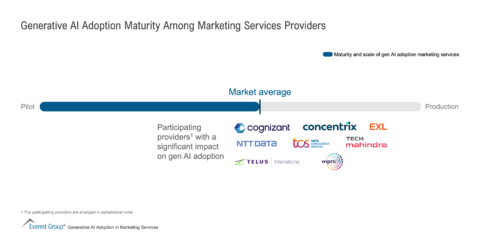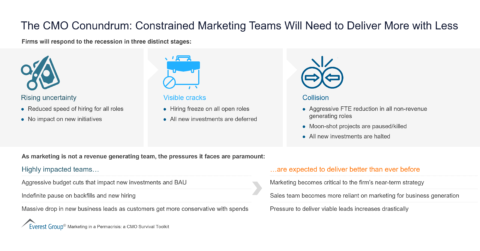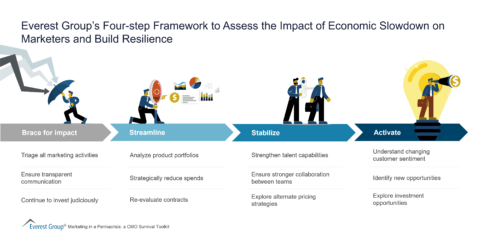Reimagine growth at Elevate – Dallas 2025. See the Agenda.
Filter
Displaying 1-10 of 20
AI-first Strategies for Leadership: Media Services | LinkedIn Live
March 6, 2025
On-Demand LinkedIn Live
1 hour
Sourcing for Marketing & Experience Services: Key Considerations | LinkedIn Live
On-Demand LinkedIn Live
1 hour
Marketing in 2024: Key Areas of Focus for CMOs as the Year Unfolds | LinkedIn Live
On-Demand LinkedIn Live
1 hour















